Ford Mustang (1999-2004) Service Manual: Disassembly
1. Remove the differential assembly from the differential housing. For additional information, refer to Differential Case in this section.
2. Remove the bolts.
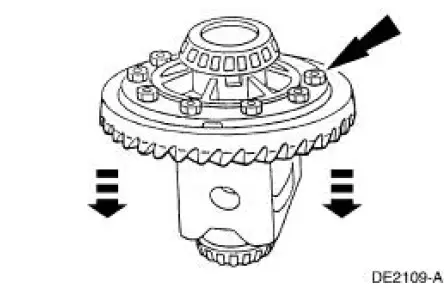
3. CAUTION: Do not damage the threads in the bolt holes.
Insert a punch in the bolt holes and drive off the ring gear.
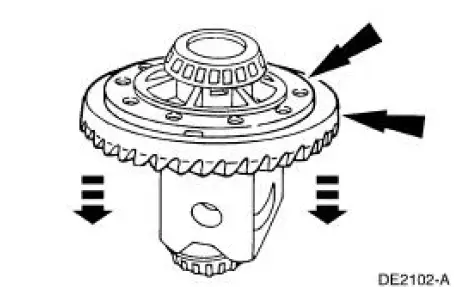
4. Using the special tools, remove the differential bearings (4221), if necessary.
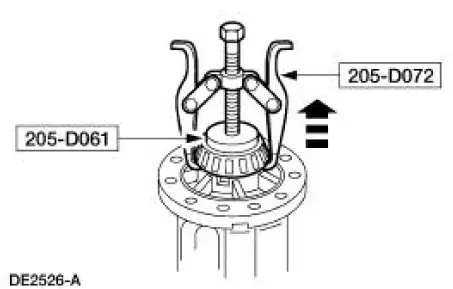
5. Remove the bolt.
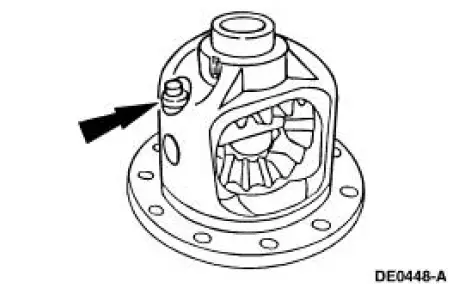
6. Remove the differential pinion shaft (4211).

7. Rotate and remove the differential pinion gears (4215) and differential pinion thrust washers (4230).

8. Remove the differential side gears (4236) and the differential side gear thrust washers (4228).
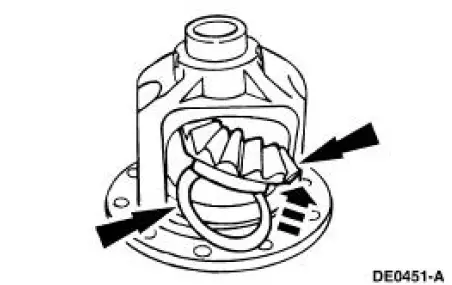
 Differential Case and Ring Gear - Conventional
Differential Case and Ring Gear - Conventional
Special Tool(s)
2-Jaw Puller
205-D072 (D97L-4221-A) or
equivalent
Installer, Differential Side
Bearing
205-010 (T57L-4221-A2)
Step Plate
205-D061 (D83T-4205-C2) or
...
 Assembly
Assembly
1. Lubricate the differential side gear thrust washers and the differential
side gear journals, and
assemble the washers to the gears.
Use SAE 75W-140 High Performance Rear Axle Lubricant F1TZ-1958 ...
Other materials:
Installation
1. CAUTION: The actuator adjustment tool included with the
replacement actuator kit
must be used when installing the supercharger bypass vacuum actuator.
Failure to
correctly adjust the actuator will result in incorrect operation of the
supercharg ...
Symptom Chart
Condition
Possible Sources
Action
The Brakes Pull or
Drift
Tire air pressure.
Wheel alignment.
Brake pads.
Brake components.
Suspension
component.
Go To Pinpoint Test A .
...
Body System (Diagnosis and Testing)
Inspection and Verification
Leaks
NOTE: Trim will reveal the location of most leaks.
1. Remove any trim or carpet in the general area of the leak.
2. Road test or water test the vehicle.
3. Inspect for a dust pattern around the area in question. In ...
